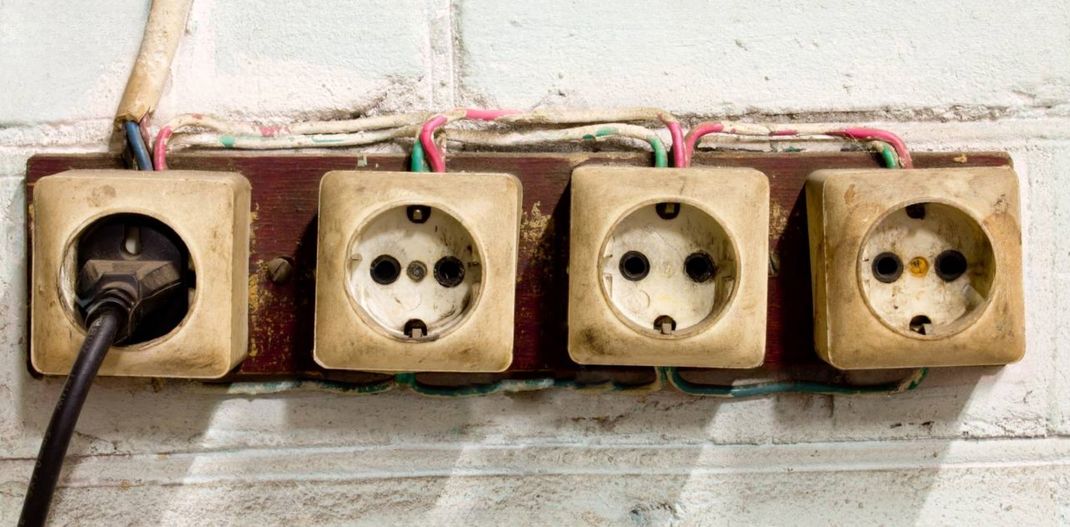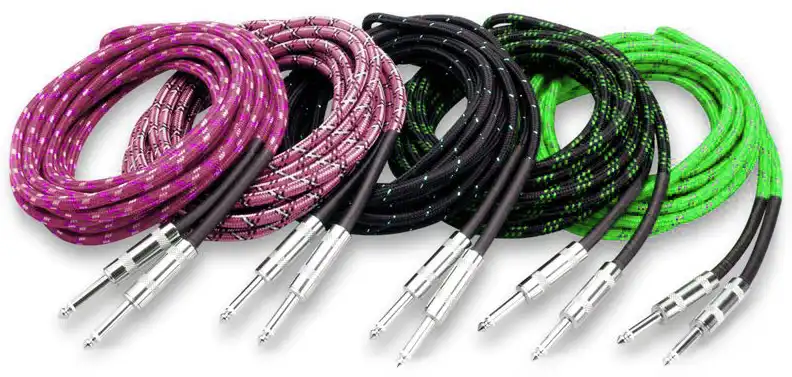In recent years, devices for quickly switching between amplifiers and cabinets have gained popularity among musicians. These switchers are ideal for A/B comparisons and studio work, as rewiring cables between amps can be time-consuming and routing cables for comparison is often impractical. Many musicians who own multiple amplifiers prefer to build a complete routing system for their rig at home or on stage. Drawing on my own experience and conversations with other musicians, I have compiled a list of common issues to be aware of when using an amplifier cabinet switcher. These tips apply to all brands and will help optimize your setup.
Ground Loop Issues
Amplifier switching devices based on relays are commonly used to switch between two or more amplifiers while keeping the speaker output ground common. However, despite their isolation of sensitive input ground, some devices still suffer from ground loop hum. Moreover, such systems are unsuitable for bridged mono amplifiers where live “ground” and signal wires are hot. To tackle these issues, all N-audio amplifier switching systems including 8X7 Amp Cabinet Switcher, 4X4 Amp Cabinet Switcher, and Two Amps To Cabinet completely isolate the inputs and outputs for true isolation without any chance for ground loop hum or noise.
But even with these advanced switching systems, problems can still arise. Most market devices have numerous 1/4″ sockets on the back placed closely together. Using right-angled jacks can cause the jacks to touch, leading to different grounds connecting and creating ground loops. To avoid hum and high-frequency noise, use only straight guitar jacks that do not touch each other. Also, jacks must not touch the chassis! Additionally, grounding the output of bridged mono amplifiers can damage them. Some examples of bridged mono amplifiers include Kemper amplifiers, Orange Micro Terror series amplifiers, BIAS amps, and most modern Class D amplifiers based on off-the-shelf amplifier modules.

Earth Issues
One golden rule stands out: Never isolate the earth pin in your amplifiers. Sometimes, when playing with an amplifier, you may encounter an annoying hum or noise. Some guitarists resort to a “trick” involving isolation tape over the earth pins to resolve this issue. However, this isn’t a good idea, especially when dealing with tube amplifiers. The amplifier chassis should always remain connected to the earth through its mains power cable. If you use non-earthed amplifiers with amp cabinet switchers, you may face problems like high-frequency pitch interference when playing with high-gain amplifiers or low-frequency noise.
I recently had a client from Europe who experienced a similar problem. He owned a Mesa Boogie amplifier designed for 110VAC, but he had a cheap 230-110VAC step-down transformer. The root cause of the issue was an earth cold solder joint within the transformer, which disconnects the amplifier’s chassis from the earth. We resolved the problem by ensuring a proper connection and later replacing the transformer with a better one. I share this story to highlight that similar issues can surface, so I advise you to inspect whether there’s a step-down or step-up transformer between your amplifier and the mains outlet. Use quality transformers if possible and verify their earth connections.

Typically, guitarists use a single wall outlet and a power strip for all their amplifiers. It’s crucial to be cautious when selecting a power strip and avoid opting for the cheapest options. Look for a reputable brand to ensure a proper earth connection. This step is vital for a smooth and noise-free amplifier experience.
The Importance of a Dedicated Power Source. For best results, I recommend using a single power strip to power your entire rig. Avoid using the same power source for other appliances such as air conditioners, motors, and heaters, which can cause interference and affect the performance of your equipment.
Proper Cable Selection

Selecting the correct cables for your rig is crucial. There are two types of cables that you will need: one to connect between the switcher and the amplifier input, and another to connect the amplifier output to the speaker cabinet. It’s important to use quality-shielded guitar cables for the input connection, and dedicated speaker cables for the outputs. Speaker cables are typically unshielded with two thick isolated wires. I recommend using cables with a wire thickness of 2×1.5mm2 or 2×2.5mm2. If you need to run long speaker cables, use 2×2.5mm2 cables. It is good practice to physically separate the two types of cables – shielded guitar cables and power cables, in order to prevent the power cables from inducing voltage in the guitar cables.
| Guitar cables: | Issues: |
|---|---|
| Cheap guitar cables | Add noise. Cut high frequencies |
| Good guitar cables | No noise, less high frequency roll-off |
| Speaker cables: | Issues: |
| Guitar cable as a speaker cable | Can damage your amplifier. Can't provide enough power to the speaker |
| Proper speaker cables | No issues |
The table above shows what happens when using appropriate and inappropriate cables.
Utilizing an external power attenuator
Modern attenuators come in various forms, including those with integrated effects or even built-in tube amplifiers like the Fryette Power Station. Some users express concerns about potential issues or uncertainties when disengaging the attenuator using the Amp Cabinet Switcher. It is important to assure users that there is no need for worry.
When employing N-audio switchers, compatibility is ensured with any power attenuator. This includes popular models such as the Fryette Power Station, Universal Audio OX, Boss WAZA Tube Amp Expander, or any other active or passive attenuator. The operational efficiency of N-audio switchers remains unaffected, regardless of whether the power source is an IEC mains outlet or an external power supply.
First Power On
I understand the excitement of receiving a new toy and the urge to test it out immediately without reading the manuals. However, it is crucial to exercise patience and attention when dealing with amplifier switching systems that require many cables. Take the time to double-check where each cable goes and ensure you’re using the correct type of cable. Once you’re confident that everything is correctly connected to the switching system, it’s time for the first power-on test. Here’s how I recommend doing it:
- Set all master volume controls of all amplifiers slightly above zero, where you can still hear the guitar but at a low volume.
- Power on your switcher.
- Power on all amplifiers.
- Select the clean channels for all amplifiers with gain and tone controls as you prefer, or start with all preamp controls at 12 o’clock.
- Enable a cabinet.
- Enable the first amplifier.
Now play some clean chords with your guitar. If you can’t hear your guitar through the speaker cabinet, there might be an issue. Do not increase the master level! Keep in mind that the reduced master level is still enough to hear the guitar. If you encounter any problems, turn off everything and investigate before proceeding.
Please be aware that even when there’s no load connected to your tube amplifier’s output, keeping the master volume low and playing chords on your clean channel won’t cause any damage. To reiterate, if there’s no sound, it’s crucial not to raise the master volume. If there’s still no sound with reduced volume, increasing it further won’t resolve the issue. In such cases, examine your wiring as there may be a misplaced cable or a defective one causing the problem.
If you hear the guitar through the first amplifier, switch to the second and play some chords with it. Continue testing all amplifiers with reduced master levels until you’re confident that everything is working correctly. Test all cabinets as well. Once you’re satisfied, it’s time to rock on!
Power Off
I recommend turning off all amplifiers first and then the switching system to prevent any accidental pops.
Plugging or Unplugging Cables
When your entire set of amplifiers, cabinets, and the switcher is functioning correctly, avoid plugging or unplugging cables on the back. Only perform these tasks when all amplifiers are off and routing is safe.
Summary
It’s crucial to understand that all tube amplifiers require a load to function properly. So, whenever you’re running your entire rig or amplifier, make sure to do so with the master volume reduced. Even if there’s no load present, operating the amplifier at lower output power levels won’t harm your equipment. These tips have been refined over time to ensure the optimal performance of your setup.
Over the years, I’ve encountered various challenges related to amp cabinet switchers while assisting my clients. I’ve successfully aided them in finding practical solutions. If you’re experiencing difficulties with your setup or have questions, feel free to ask a help using the contact form. I will try my best to help you.
Niki Hristov
